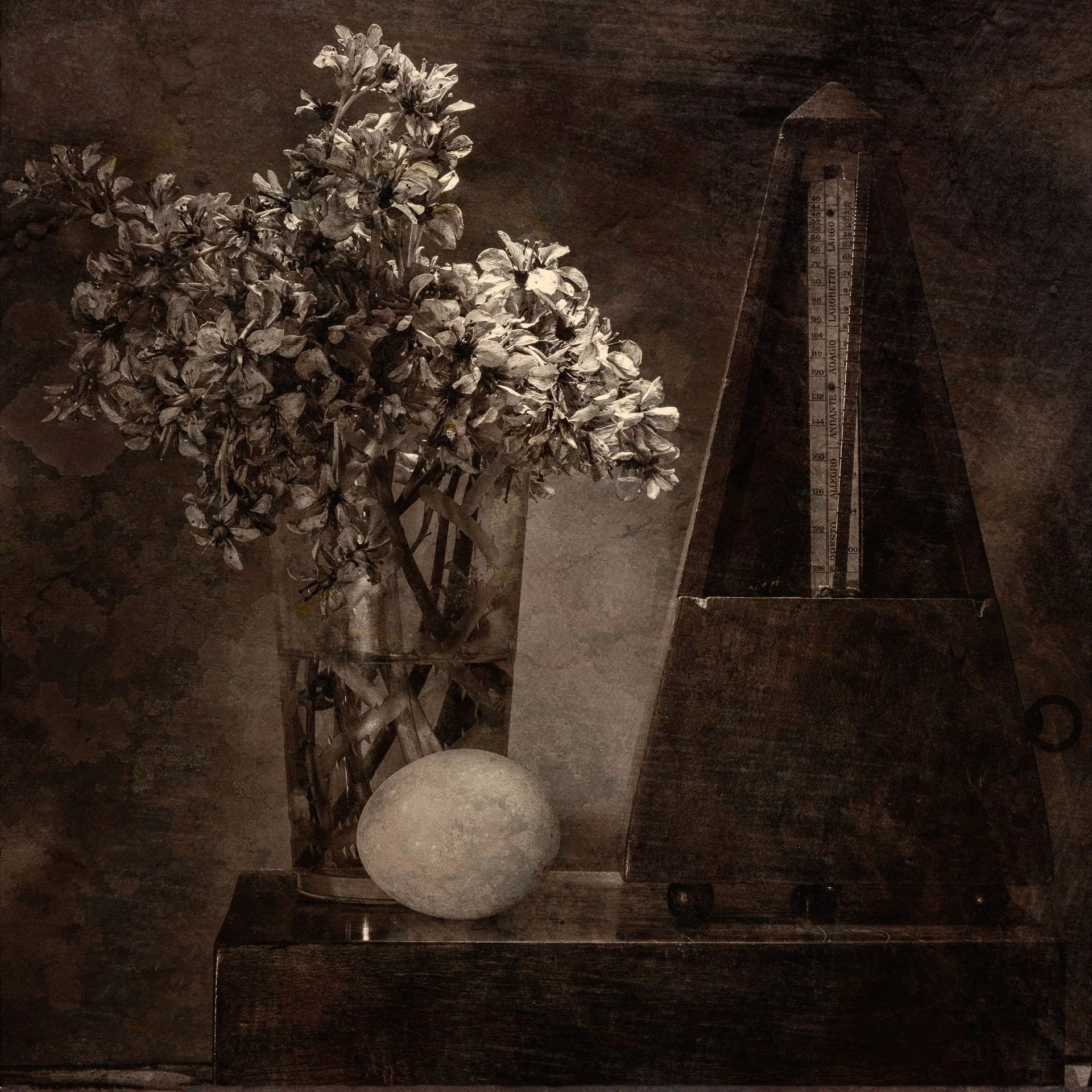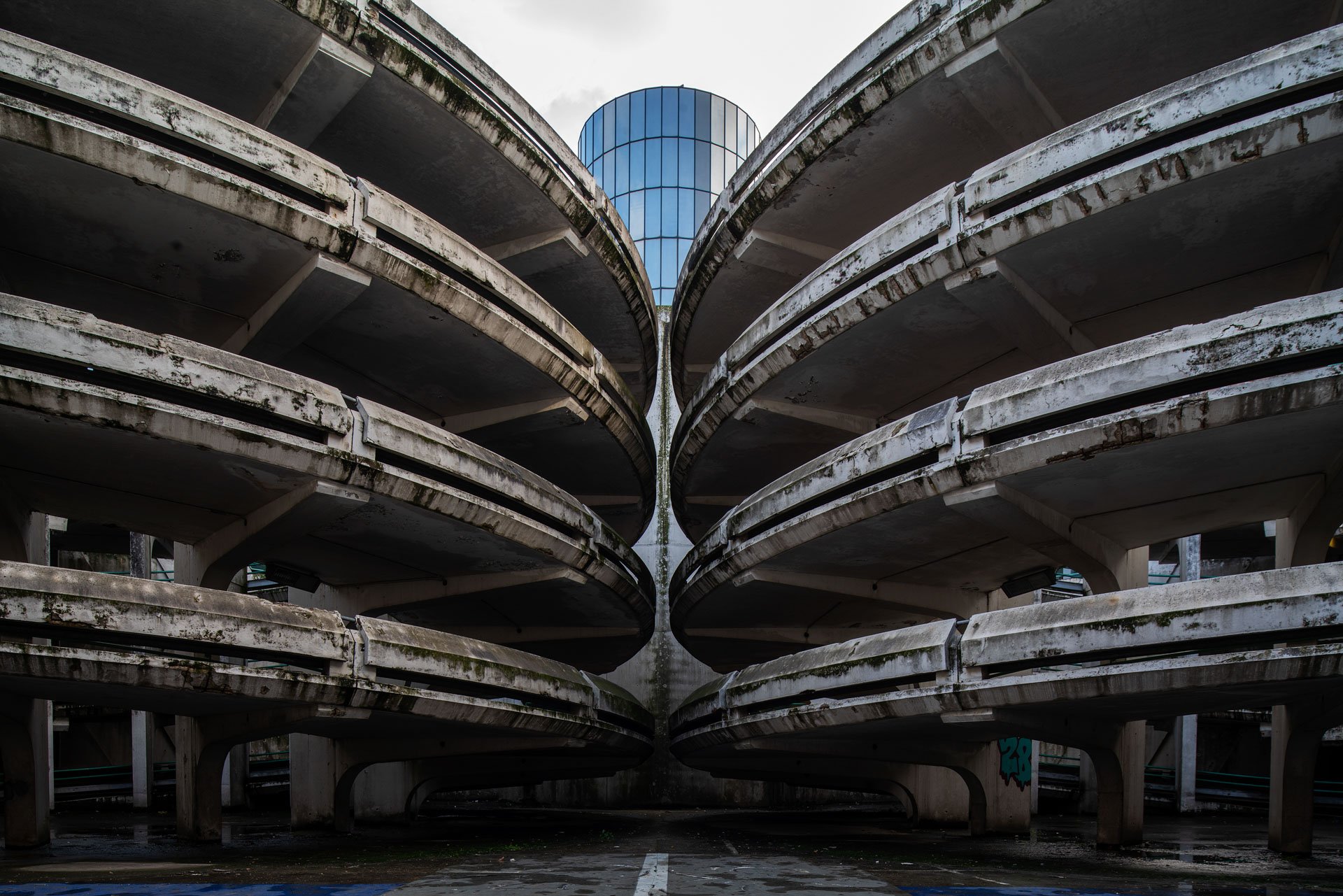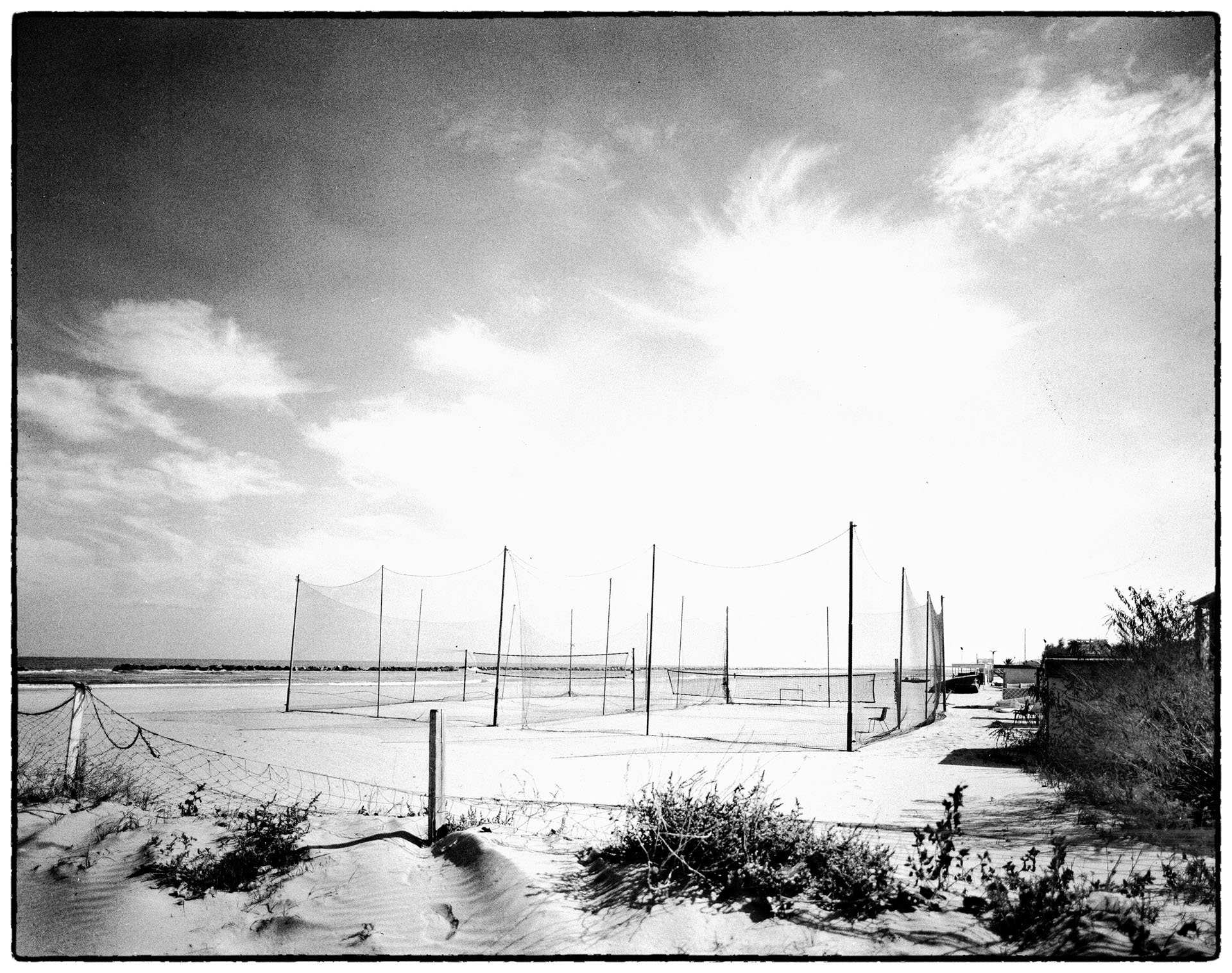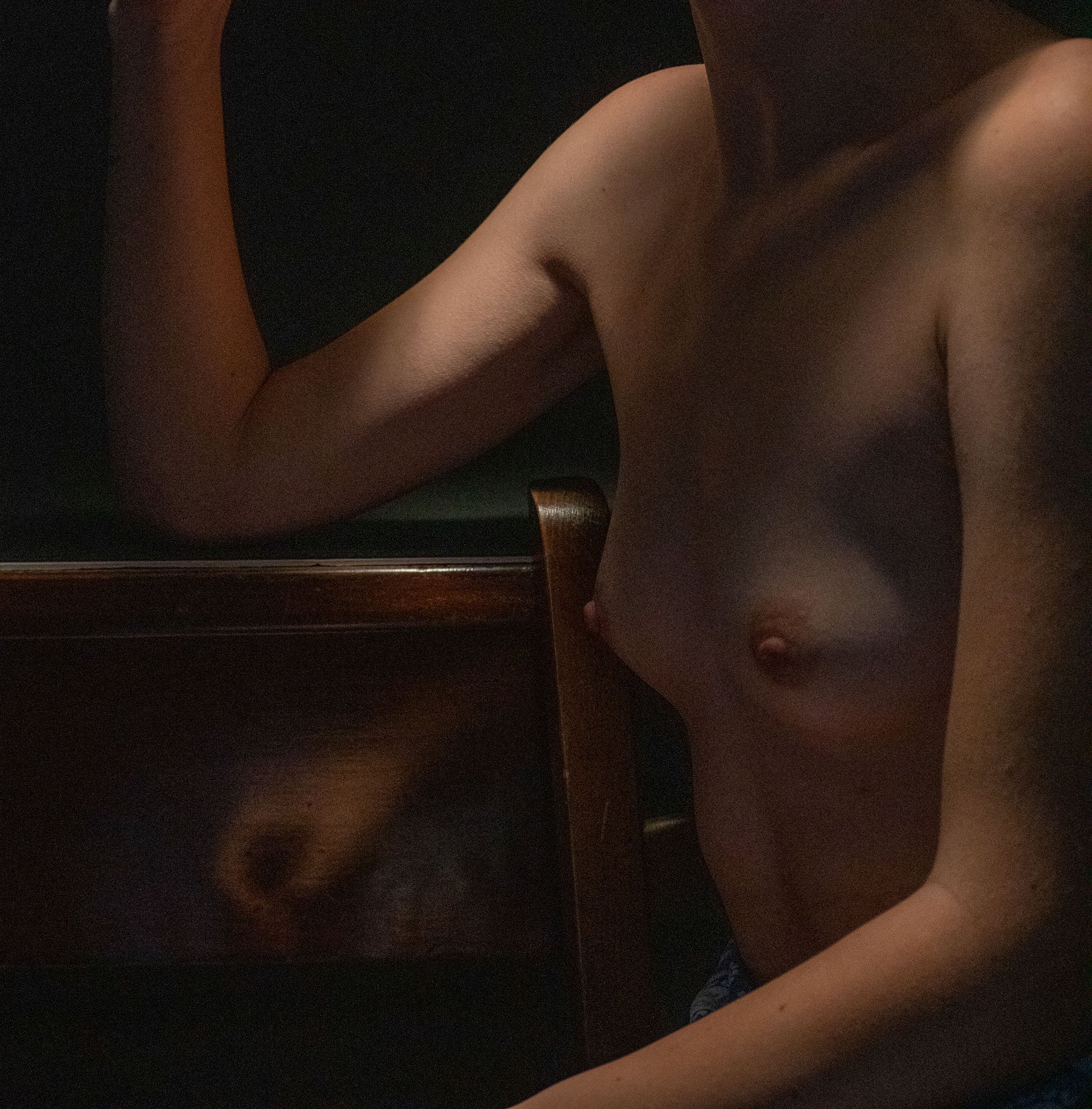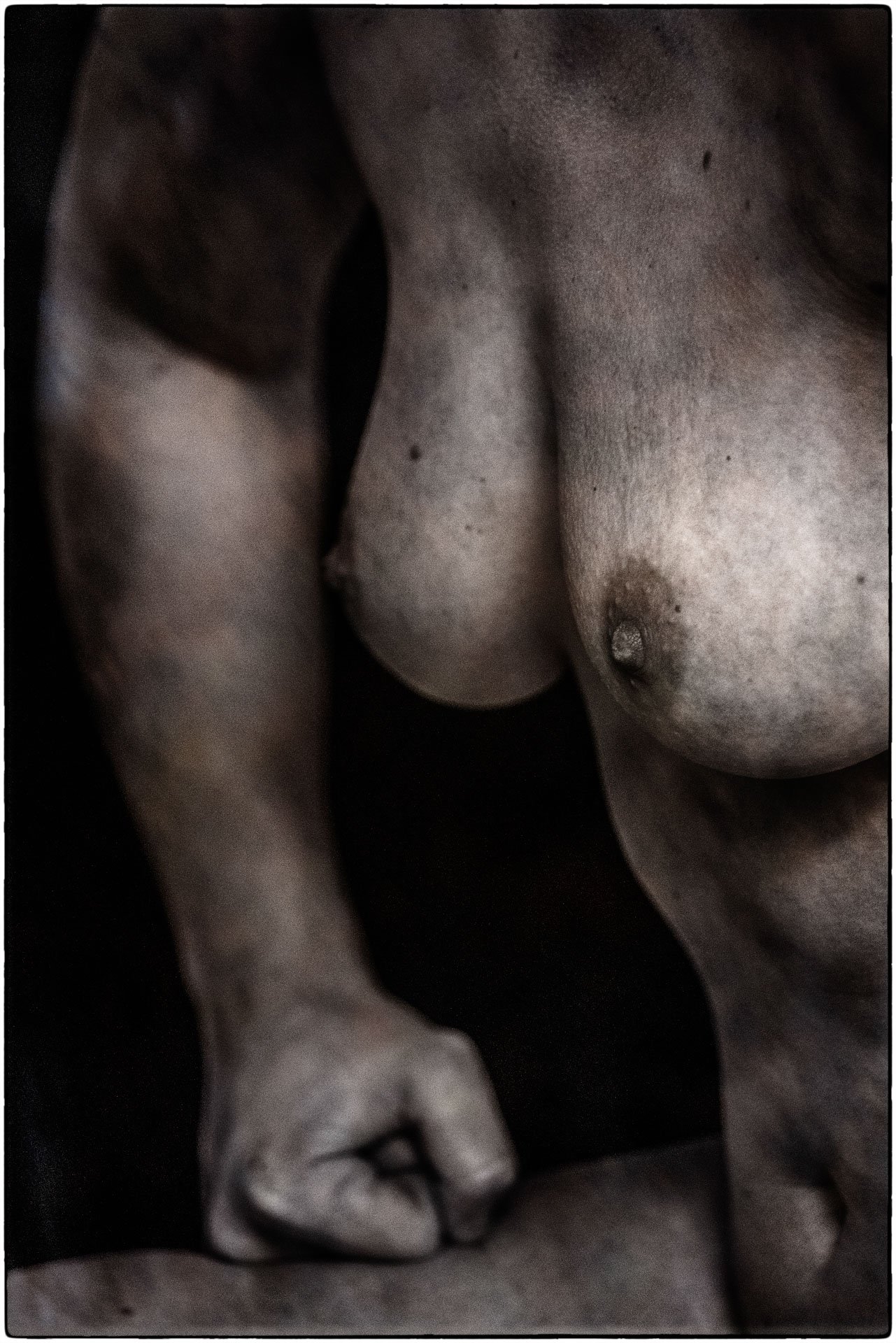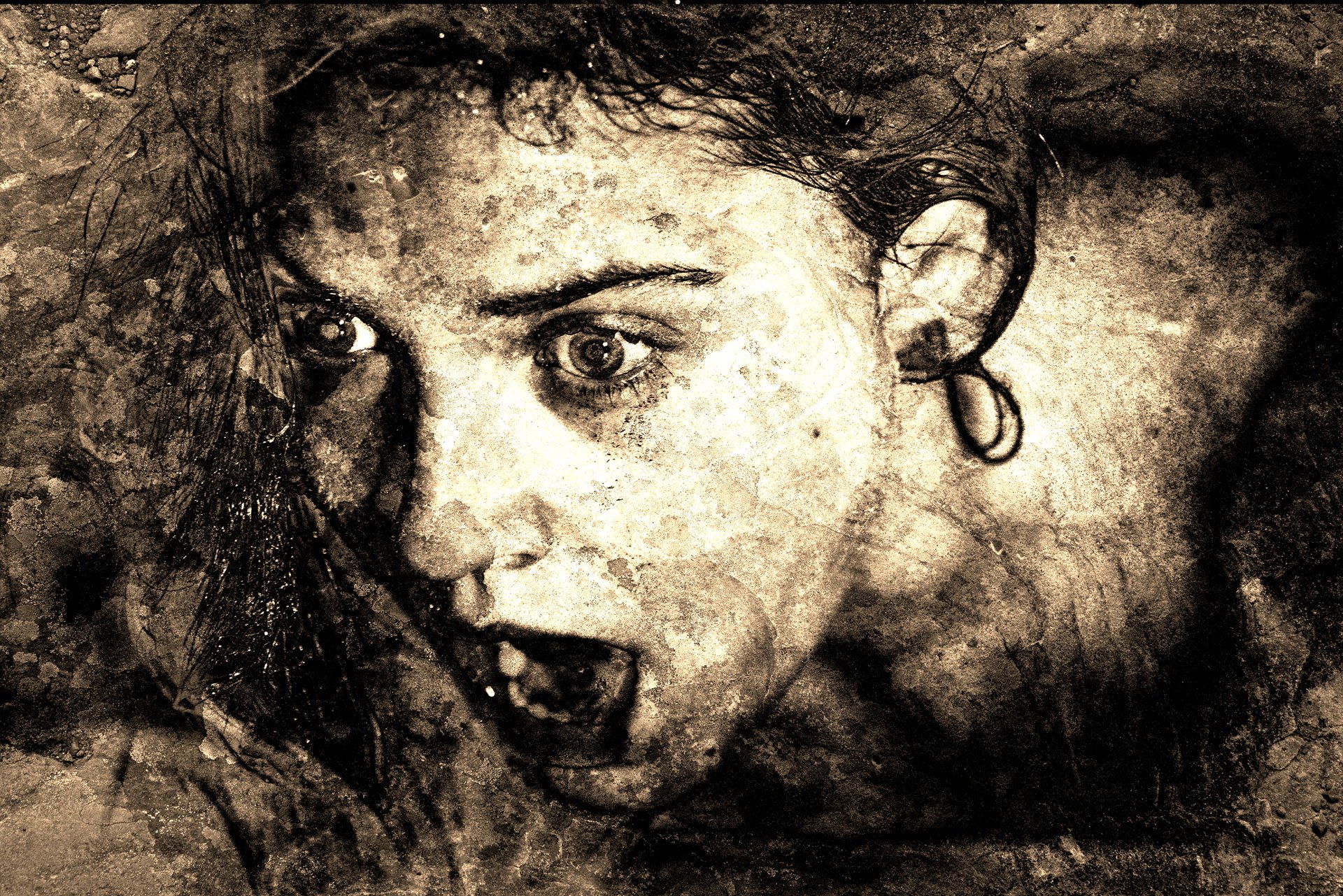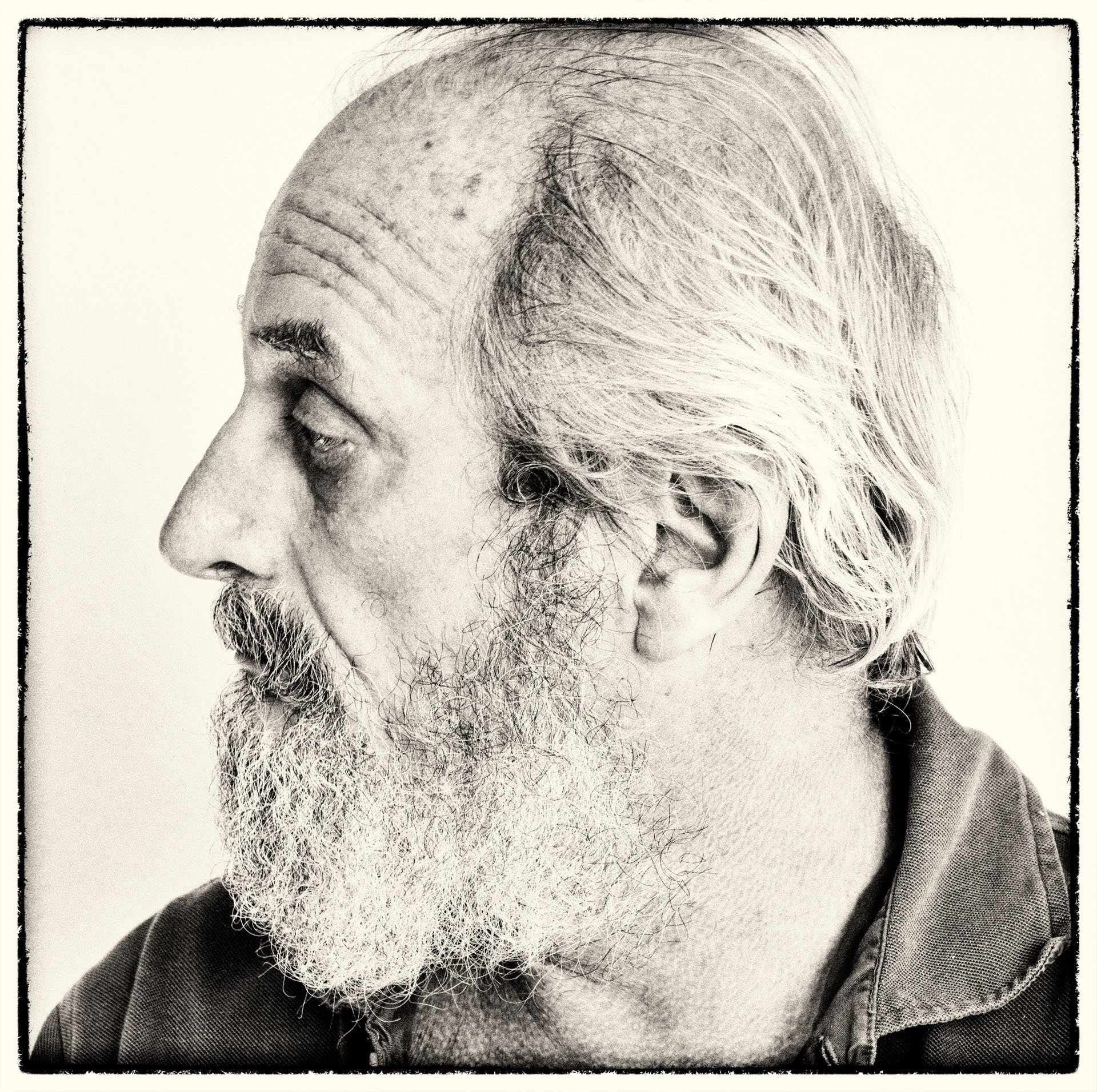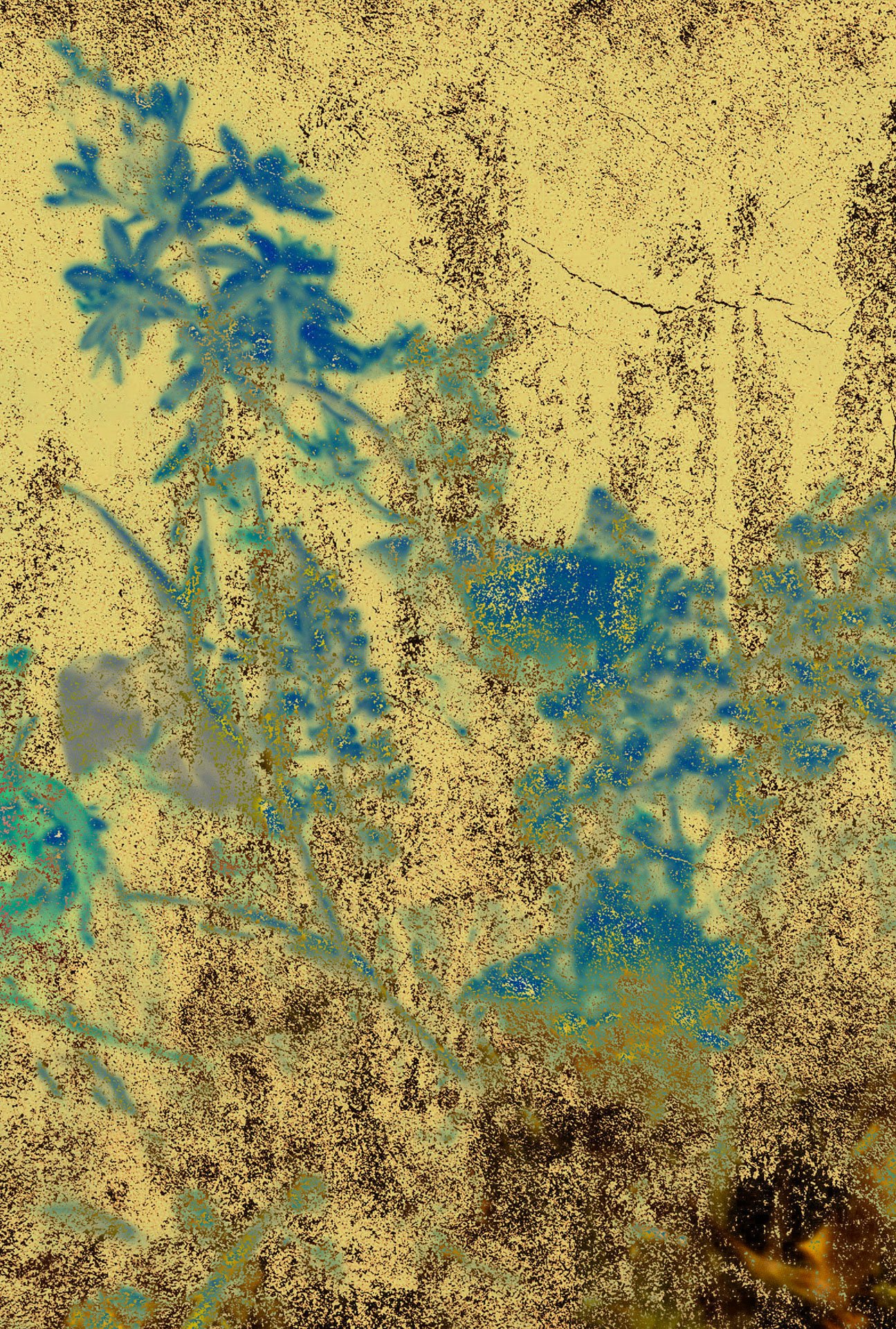Interview with Giovanni Maria Sacco
I have been a university professor of computer science for more than 30 years, till my interest in computers waned, and I resigned to pursue my passion for photography. I have been a photographer for longer than I care to say, but more seriously and competently since the '70s. In the past ten years, I have been given more than fifty awards in the most important international contests such as International Photo Awards (IPA), Fine Art Photography Awards, Prix de la Photograpie Paris (PX3), Monovisions, ND, Siena Creative, etc. I have exhibited my works in Turin, Milan, Rome, Trieste, Venice and Tokyo.
As Walt Whitman wrote: "I am large. I contain multitudes". And, in fact, many things capture my attention and my fancy: modern ruins (large factories, mainly), architecture, still life (natura morta), portraits, nudes, but the list is long.
Regardless of these different facets, my main theme is death or, to put it less bluntly, the impermanence of human things. I find beauty and dignity in silent decay. At the same time, I am deeply interested in metaphysics. In this apparently aimless cycle of life and death, is there something that stays immutable? And, from another perspective, is there anything that can exorcise the horror of existence and death?
Can you tell us about the moment you decided to pursue a career as an artist?
My decision came after a period of intense grief and in a moment in which my duties as a university professor of computer science were scaling down. My need for creativity has been fulfilled by my research activities for a long time, but as my interest in computer science started to wane, I found that photography was the right thing for me. As I have been photographing since I was a kid, I already had all the technical expertise and this allowed me to concentrate on content and creativity rather than on technique.
What kind of an artist do you ultimately see yourself?
I am an image and dream peddler. I choose photography to tell my stories, but I am also quite interested in mixed media
What do you want your art to convey to the people who see it? What is the meaning or creative motivation behind your work?
I am especially interested in finding and showing beauty in decay, in the impermanence of things, in death ultimately. I am especially drawn to abandoned, decaying places, like factories, that I have been photographing since 1975. At the same time I have a lifelong interest in metaphysics, what lies beyond our perception. I think that these two themes are not opposite, and that in fact they complement each other.
Can you tell us about the process you use to create your works? What is your typical workday routine?
I do not have a workday routine. In fact, I do not have and I do not want to have a routine. Each project is different, requires a different time length, different equipment and different techniques.
Where do you find inspiration? What motivates you to create?
I find inspiration in myself, in life, in all the things I read, listened to or saw in my life. Especially in paintings. Creation is something I just have to do, a primary need.
What has been your most outstanding achievement to date?
The one I like best is a series of extremely high-resolution photographs (400+ Mpix), called Applied Metaphysics. These images are created by a painstaking technique that I described in an article appeared in PetaPixel. The idea is to convey metaphysics by presenting a series of model images that are printed very large (2x2mt) but can be inspected very closely and thus allow a kind of vision normally impossible.
What are your ultimate career goals?
At present, my primary goal is to have my works seen in a physical way, rather than on a computer monitor.
What are you working on now, and what can we expect from you soon?
I am working on two books, for which I have two publishers interested. The first one, "Silent Theaters", is almost completed and features a selection of black and white photographs of abandoned factories, taken over a decade. The second one, "Italia Metafisica", is in progress and is inspired by De Chirico's Schola Metafisica and specifically by the paintings of Piazze d'Italia. My goal here is to use architecture, as De Chirico does, as a metaphor of metaphysics.

